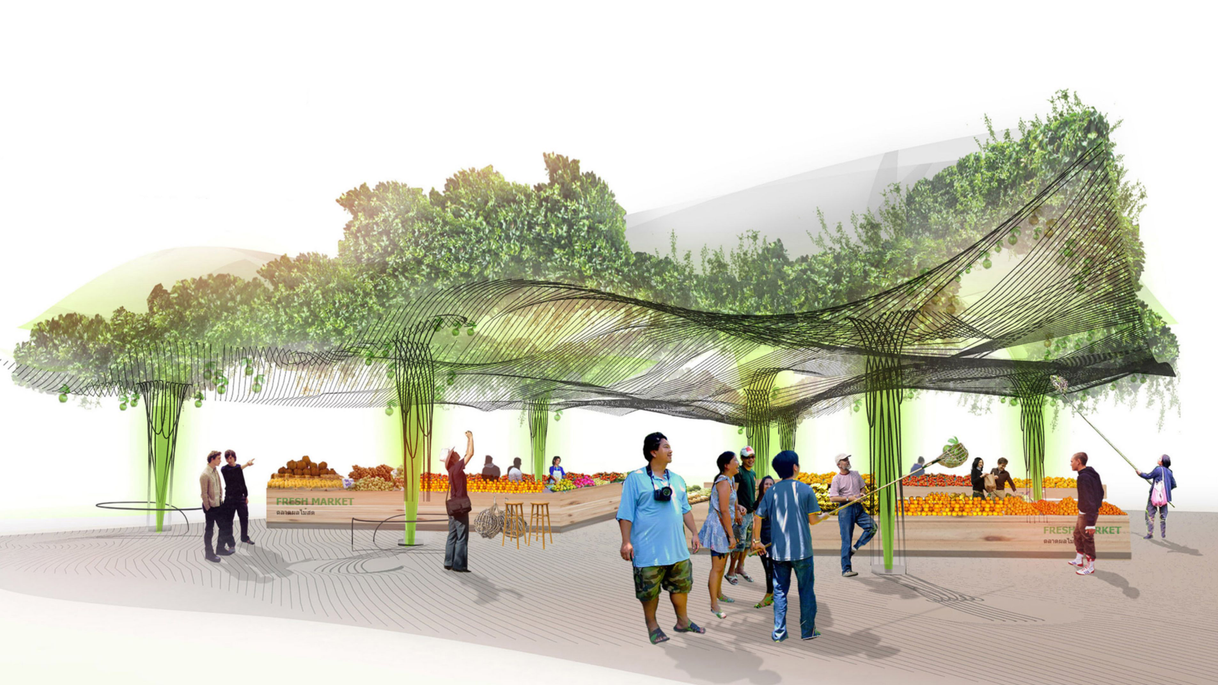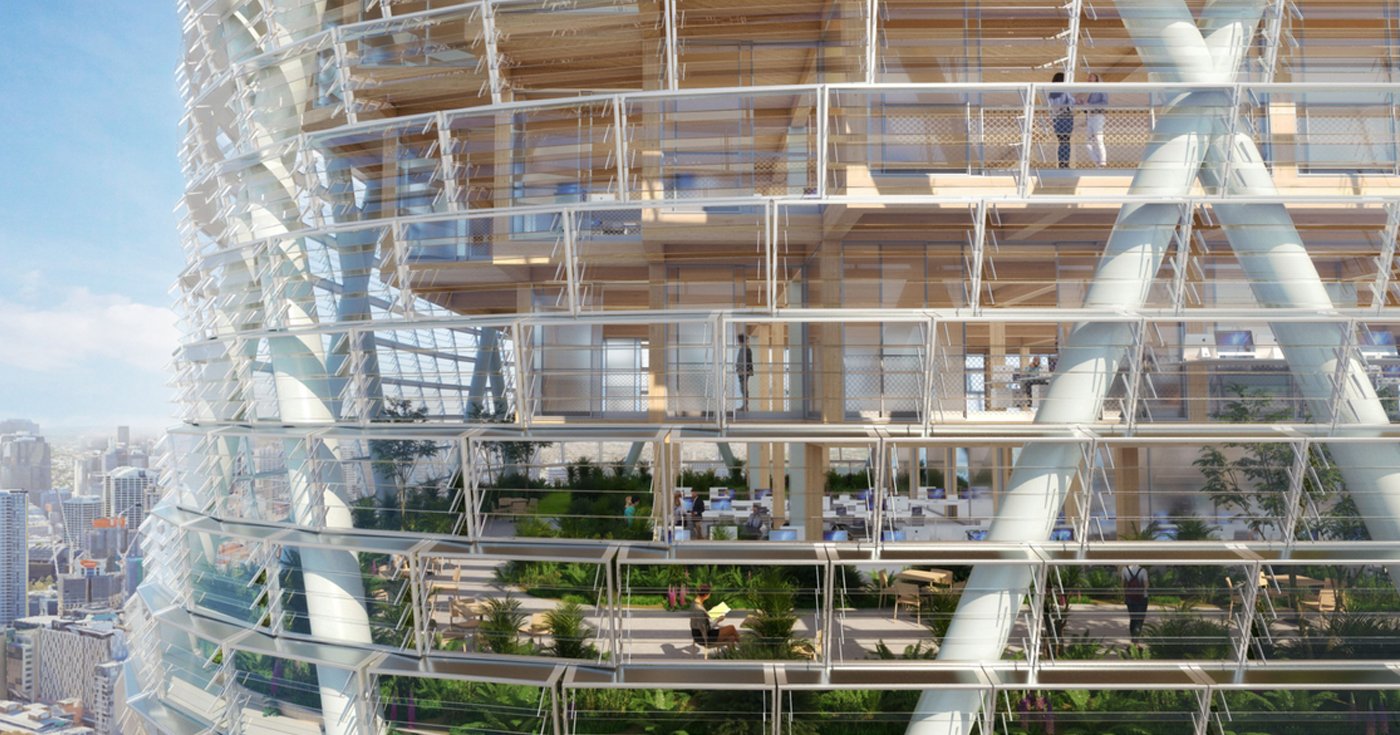Restoring a healthy relationship between buildings, nature, communities, and the place they are designed into.
The regenerative practitioner designs buildings and infrastructures that are holistically conceived to be deeply rooted in their natural and social context, that protect and regenerate places and communities, and that realign how humans interact with the ecosystems that sustain us. Taking a cue from natural processes, the resources needed to build, operate, and maintain our buildings are dealt with responsibly and efficiently, ensuring closed loops of use, minimal wastage of resources, and net positive results. Building processes mimic nature in that there is no waste output, but “waste” is used as input for a new, regenerative process, or systems that re-enact natural systems through passive house design principles and use of renewable energies.

Holcim Awards Silver 2011 for Asia Pacific, Urban Farm Urban Barn creatively responds to the detrimental consequences of urbanization. A former textile factory and abandoned farmland in Bangkok, Thailand is at the conjunction of building requalification and ecosystem restoration, through integrating an agricultural platform and the water reservoir and distribution network to support it.
Designing beyond net zero
The International Living Future Institute (ILFI) has established the Living Building Challenge (LBC) 3rd party certification, or the first regeneration advocacy and design tool, advocating for a holistic approach that goes beyond doing less bad to doing good. Its motto speaks for a built environment that is “socially just, culturally rich and ecologically restorative”. The goal is to move beyond net zero and generate net positive benefits.
Giving back to the environment means setting performance goals for buildings that go well beyond green building performance, or energy or water efficiency and balance. It means designing buildings that operate as power plants and water treatment plants, by covering their overall demand as well as generating surplus for the benefit of the overall urban energy and water balance. Tenant, the community at large and ecosystem can all benefit from co-shared results.
Photovoltaics provide power for the heat pump and appliances, topped up by storage batteries and a new local grid. The building will be net carbon positive, thanks to key systems and materials and its extensive greenery and lush orchard. Rainwater is collected in cisterns. Blackwater is remediated via anaerobic digestion and resulting grey water is recirculated for toilet flushes and watering the garden. Recycling and composting will be easy. Cars and bikes are shared. A focus of community pride and place, it will celebrate the logic and ease of truly sustainable living.
Strategies for creating regenerative buildings
There is a wealth of strategies that practitioners can deploy to achieve regenerative buildings. Capture and storage of rainwater, as well as treatment and recirculation of grey water used in the building, can guarantee less usage of municipal water, economies of scale and improved resilience. The same is valid for energy, that can be generated by the building through different capture technologies and stored. Carbon emissions can be sequestered. The air can be purified by integrating green roofs and skins. Food can be grown for the inhabitants use and for enhancement of urban biodiversity. The hydrology, geomorphology, and in general natural and social pre-existing habitats can be restored, protected, and enhanced by buildings instead of depleted.

